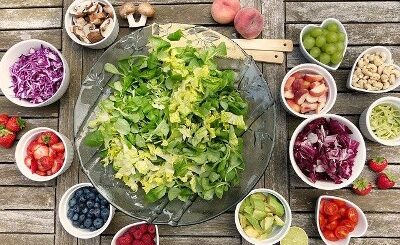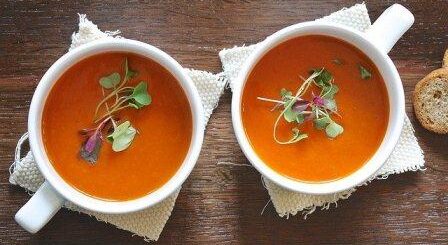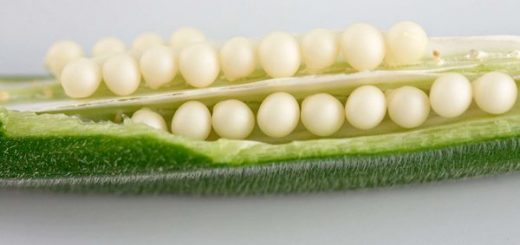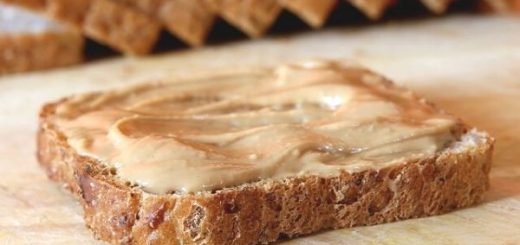How Many Calories in Tuna?

Tuna Calories and Nutritional Values! Tuna is a delicious and rich source of food in all seasons, which can be easily found in many supermarket chains. We are very familiar with tuna, also known as tuna or tuna, especially from diet menus. Tuna salad, pasta and pizza varieties are also an indication that it is a useful ingredient that can be adapted to different recipes.
Tuna is a fairly large fish, lives in temperate waters and reaches almost 6 meters in length. You can find it in season, in slices, at fish stalls. The general consumption is canned. Canned tuna fish, with its flavor that can stay fresh all four seasons, can appeal to different tastes from children in developmental age to adults, and can be consumed practically without bones and sorted.
Tuna fish, which is a rich source of protein, omega 3, folic acid, A, B group vitamins and minerals, deserves to be consumed frequently in kitchens with its benefits. So how many calories in tuna? In addition to its beneficial content, tuna calorie and nutritional values, dietary consumption and much more are waiting for you in the sub-titles for those who are in the weight control process!
How Many Calories in Tuna? (Fillet)
The tuna, a very large but delicious member of the Mackerel family, can reach a weight of 1 ton. Since it is fed by eating small fish such as bonito, bluefish and anchovy, its nutritional value is also high. It is a protein source that can be adapted to different meals of the day for those who do not have allergies, and it is offered for sale in forms that can be easily consumed even by those who do not like fish. If you are not good with fish, tuna can be considered a good start. So, how many calories in tuna? Let’s start with the fillet tuna:
- 1 medium portion (125 g) tuna fillet 206 kcal
- 100 grams of tuna fillet 165 kcal
How Many Calories in Canned Tuna? (Oily)
Tuna, which is offered for sale at average prices in supermarket chains all over the country, is an affordable protein store compared to red meat. You can choose it in cold snack sandwiches, pasta recipes, pizza varieties and seasonal green salads. It also creates a healthy alternative that you can serve on your breakfast tables. After opening the can, you should take care to consume it during the day; otherwise, deformation and a decrease in nutritional value may occur. How many calories in canned tuna, which can be easily eaten without the hassle of fishbones? Let’s examine it together:
- How many calories in 80 grams of tuna? 1 small package (80 g) canned tuna 149 kcal
- 1 large package (180 g) canned tuna 335 kcal
- How many calories in 160 grams of tuna? 160 g canned tuna 298 kcal
- 1 tablespoon (25 g) canned tuna 47 kcal
- How many calories in 100 grams of tuna? 100 grams of canned tuna 186 kcal
How Many Calories in Light Tuna? (Oil-Free, Drained)
Since the oil in cans increases the calorie value, light canned tuna fish with filtered oil is offered for sale by different companies for those who want to prepare diet-friendly and fit recipes. Light tuna, which has a much lower calorie and fat rate than other canned foods, goes well with a seasonal salad with plenty of greens. How many calories is the ideal diet tuna fish for main meals?
- 1 small package (80 g) light tuna 76 kcal
- 1 large package (160 g) light tuna 152 kcal
- 100 grams of light tuna 95 kcal
How Many Calories in Dardanel Tuna?
- 1 can (80 gr) Dardanel tuna with olive oil 170 kcal
- 1 large can (160 g) Dardanel tuna in olive oil 339 kcal
- 100 grams of Dardanel tuna with olive oil 212 kcal
How Many Calories in Tuna Salad?
Tuna salad is one of the main meals that diet menus and fit life followers prefer. What could be healthier than a salad made with seasonal greens, preferably canned corn, olives, tomatoes, cucumbers and peppers? It is also a light option that you can consume frequently in the summer heat. If you keep the fat and salt ratio to a small amount, the calories will also be quite low. How many calories in tuna salad for those who want to spend a meal rich in fiber, protein and vitamins?
- 1 medium portion (325 g) tuna green salad 327 kcal
- 1 full plate (300 gr) tuna green salad 302 kcal
- 1 medium bowl (150 g) tuna green salad 151 kcal
- 1 large bowl (200 g) tuna green salad 201 kcal
Nutritional Value and Consumption of Tuna in the Slimming Process
Tuna fish, which is a solid source of omega 3 fatty acids, folic acid, protein, sodium and potassium, is among the fish with a very high protein content. It does not contain carbohydrates. It acts as an antioxidant. In addition, it provides a restorative effect on conditions such as eye and skin health, mood disorders and child development. Tuna, which you can cook without over-processing, especially by steaming method, will preserve all its vitamin values. So, what are the nutritional values of tuna fish?
1 medium serving of canned tuna, 160 grams:
- 42.45 g of protein
- 1249.6mg sodium
- 508.8 mg potassium
- 44.8 mg calcium
- 396.8 iu of vitamin A
- 0.88mg of vitamin C
- Contains 1.17 iron.
Tuna fish is more affordable than red meat, can appeal to tastes of all ages, and is very practical to adapt to different recipes. Tuna, which is also widely sold in canned, is a rich source of vitamins and minerals in the diet process. It is a delicious option that can be found in the kitchen of those who pay attention to their weight and conscious individuals who try to eat healthy.
Our most important advice for those who want to consume tuna while on a diet would be to prefer canned food with filtered oil and less salt. Because the fat and salt ratio increases the calorie value. Light cans are quite suitable in this respect. If you want to consume it fresh in the season, you can enjoy the tuna fish, which is sold in slices, as fillet, steamed or grilled, accompanied by various vegetables. By using thin lavash or pizza bases prepared from whole wheat or wholemeal flour, hearty and low-calorie main meals will accompany you. You can also use low-fat tomato sauce and light cheeses at this stage. If whole wheat or whole wheat pasta is prepared with very little oil, it can be served with tuna fish. Seasonal salads are undoubtedly the lowest calorie way to consume tuna.











